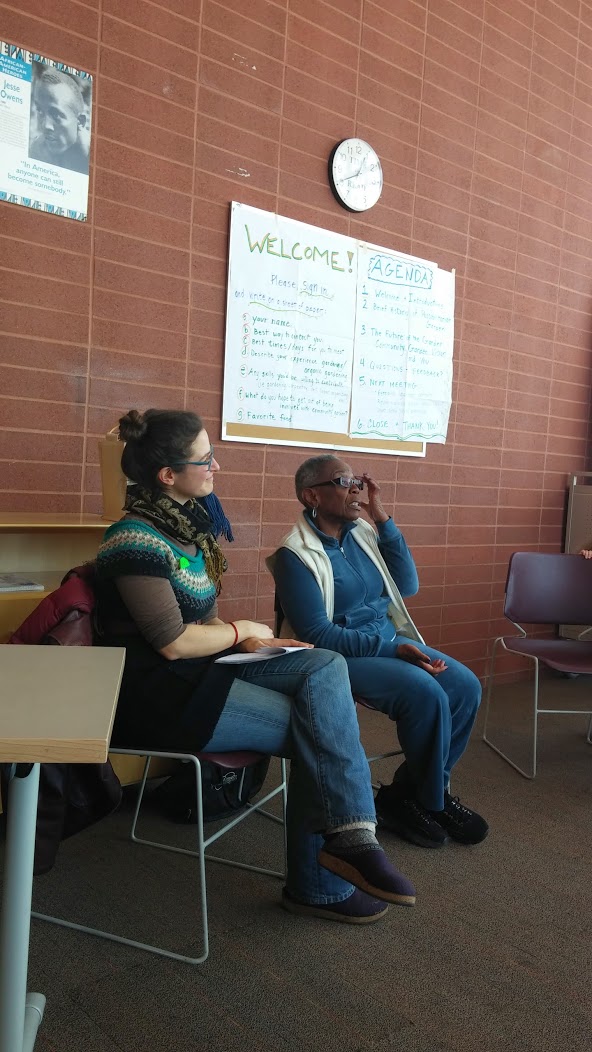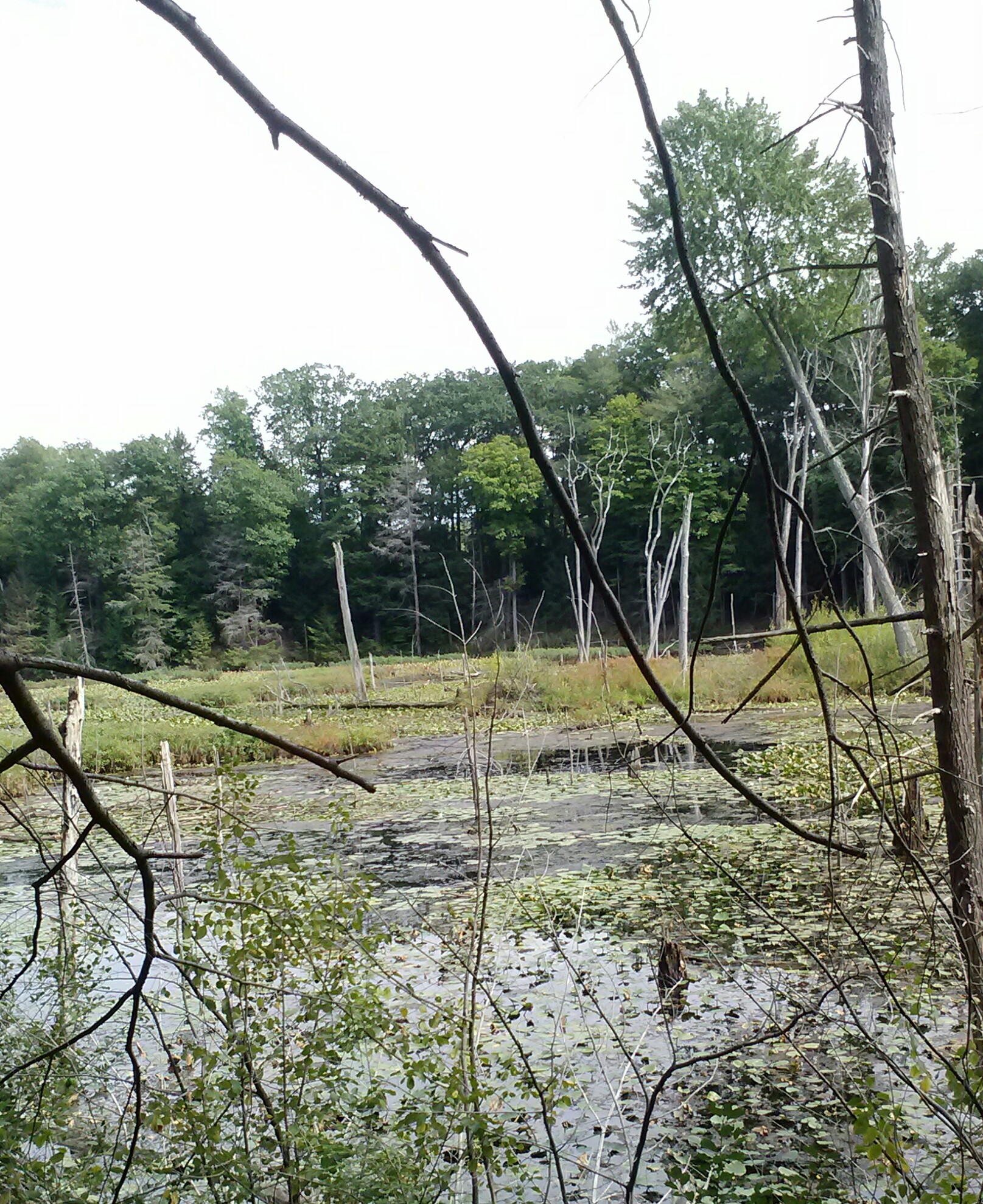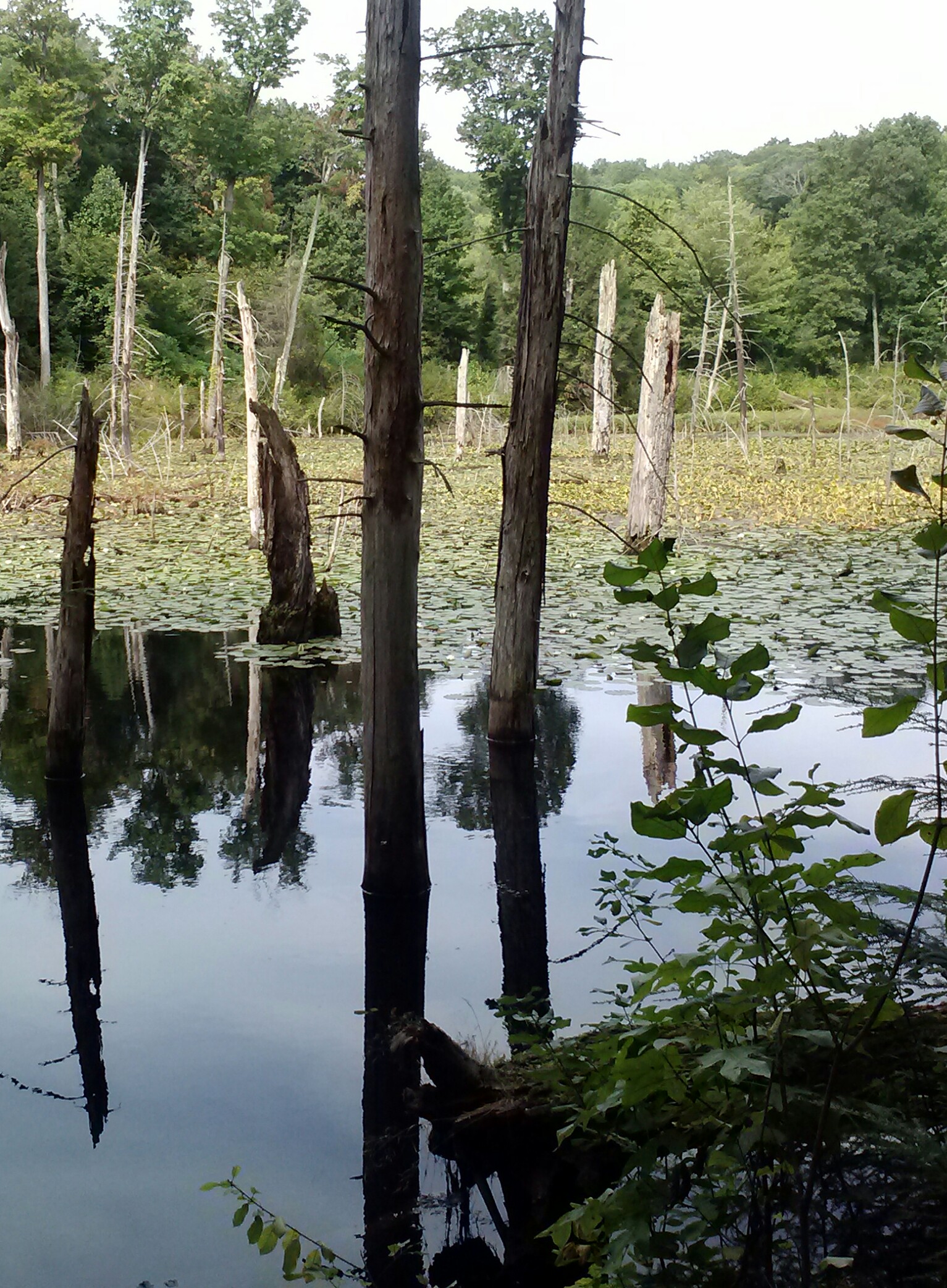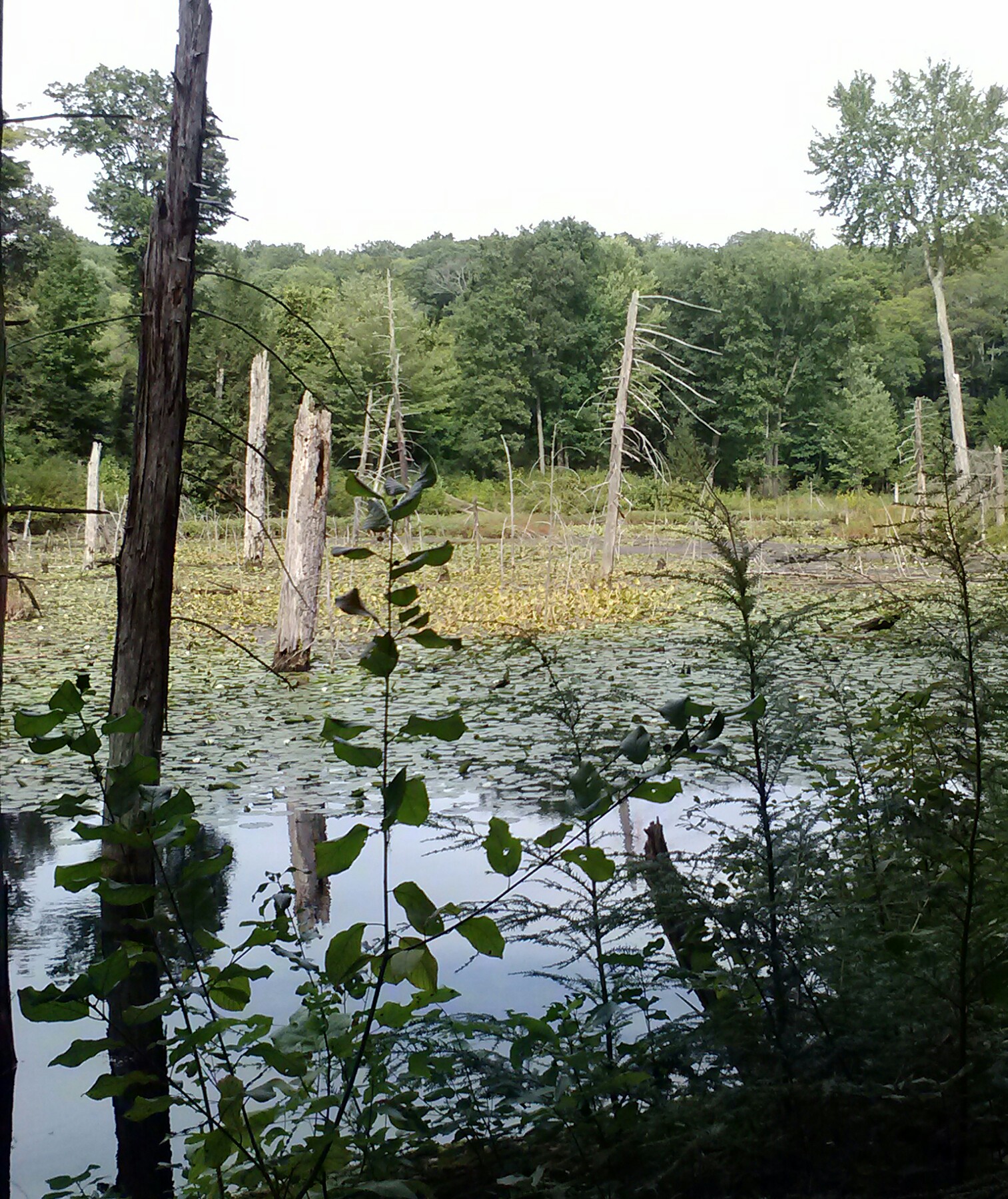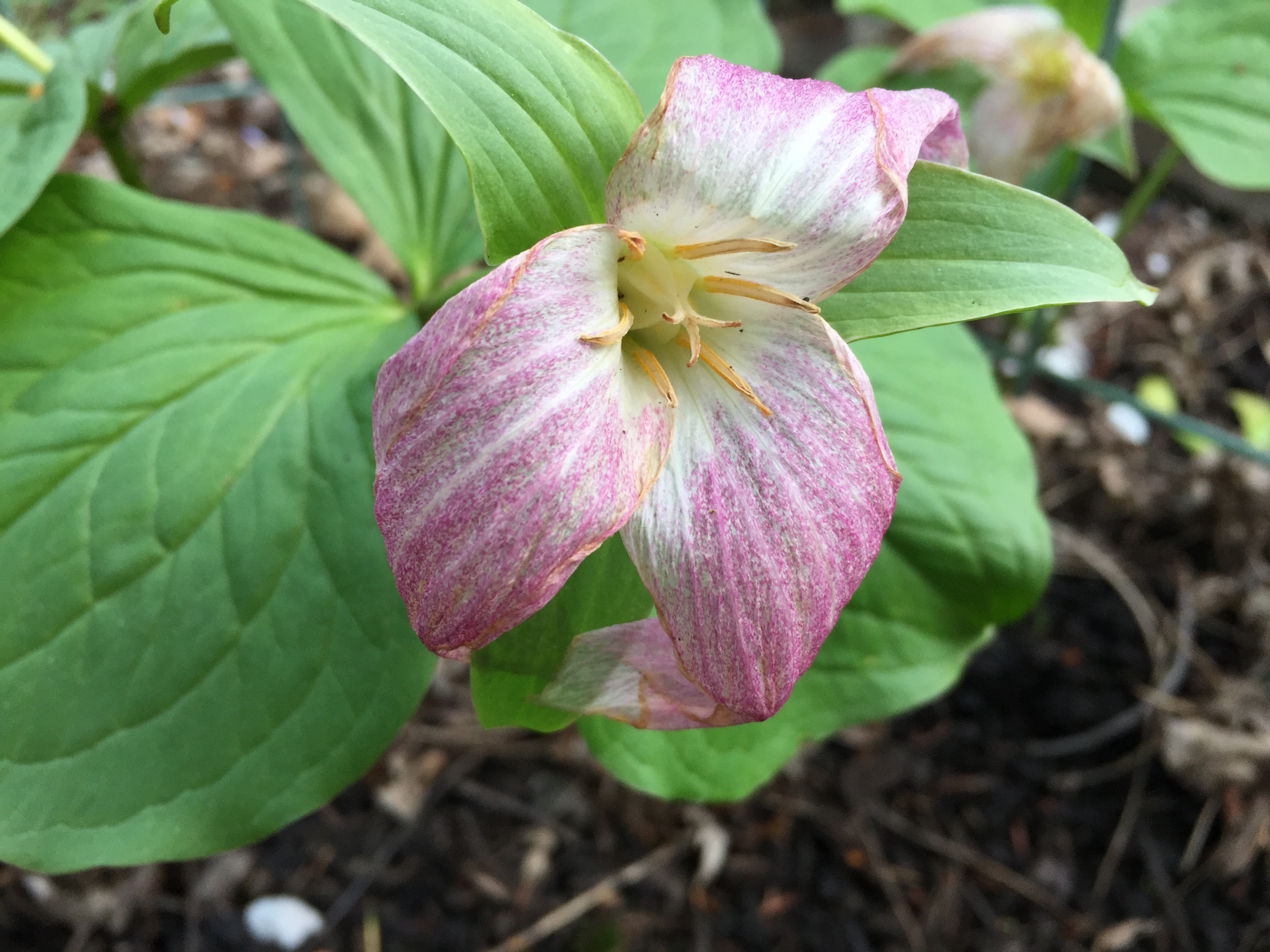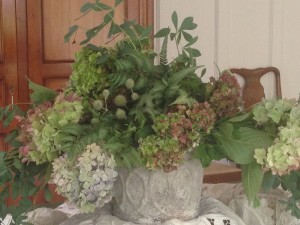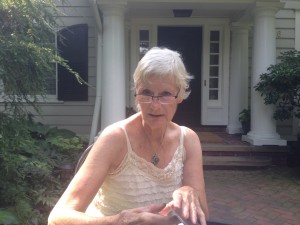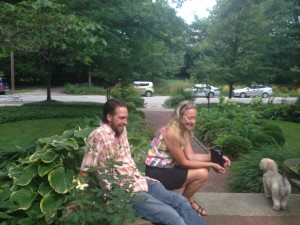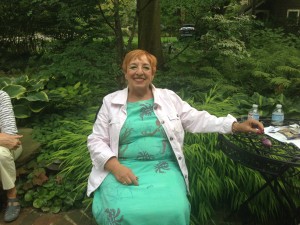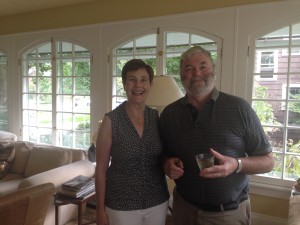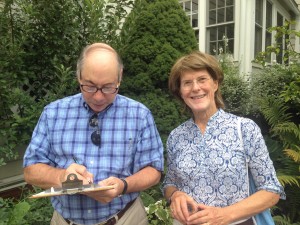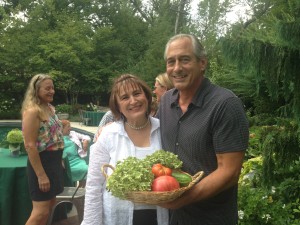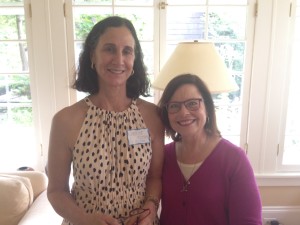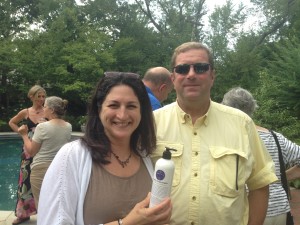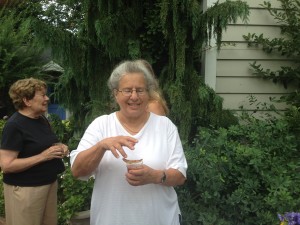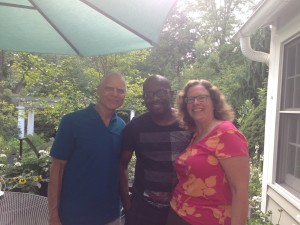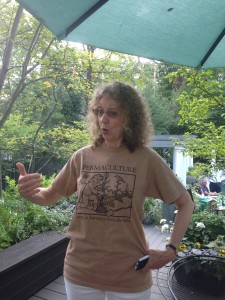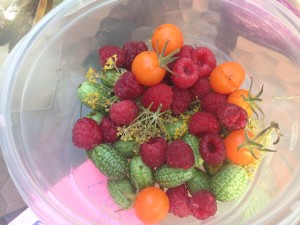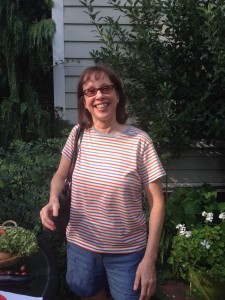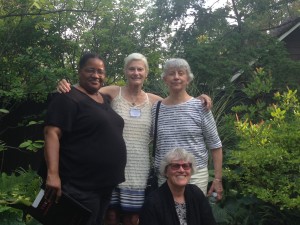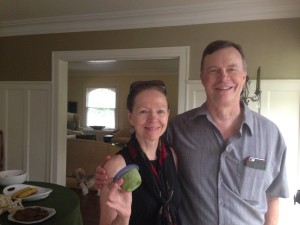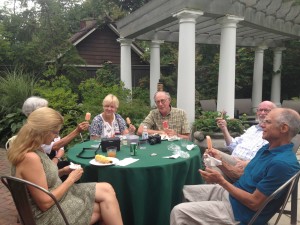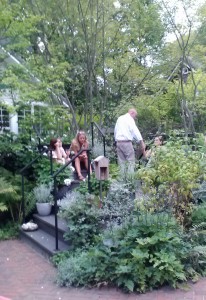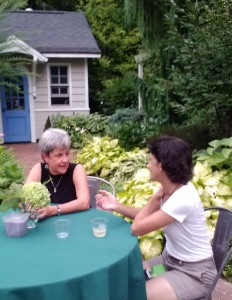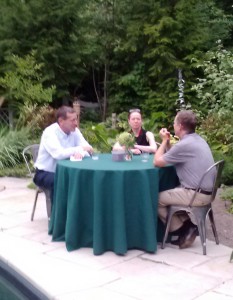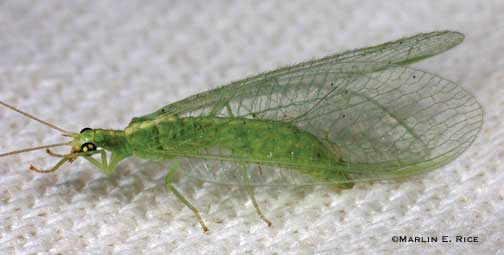What I Learned This Year
By Diana Sette
To say simply what I’ve learned in the garden this year can be done so in three sentences:
1. Explore what is possible.
2. Never stop engaging with and building community, this is the greatest resource.
3. Know your personal limits, respect them, and ask for help when you need it.
When We Started
In many ways I relearn and practice these lessons every year in the garden- sometimes I am left with greater feelings of satisfaction than others, yet always grateful for the garden lessons.
I am constantly overdoing it, ambitious and ever exploring. This quickly ties in my third lesson- know your limits. This season I’ve practiced this in taking a new position as I work with Possibilitarian Garden, our community-based garden on E 117th St off of Buckeye Rd. I see all the work that there is to do to improve the soil, to connect with neighbors, listen to the land, and woo the beneficial pollinators. Yet I am only one person, and I have a family and a full-time job, and numerous other organizations I play significant roles in- and I have to check myself constantly to make sure I am gardening within my limits.
That doesn’t mean that I am not always remaining open to what is possible, because I am. Because my vision has only grown clearer of the regenerative community space that a garden can play. The plants and the people that gather around and amongst them in community is what continues to show and clarify this vision for me. And just like my baby seedlings, that vibrant vision for community I hold only grows in mind, and this garden has reminded me again this year to continue to nurture it because the pay off is long-term. Because it is a regenerative cycle. And because a community garden will only build upon its potential fertility for gardens and community, if I nurture both community and gardens.
Finally, it is the community that makes a community garden, and this is what I am continuing to learn here. Margaret Wheatly sums up a key lesson that resonated with me this season, “Our communities must support our individual freedom as a means to community health and resiliency. And individuals must acknowledge their neighbors and make choices based on the desire to be in relationship with them as a means to their own health and resiliency.”
So whatever I planted in my community garden this year, it has been in community and based on the desire to be in relationship with community. The importance of this is what I learned the most this year.
*If you are interested in getting involved with Possibilitarian Garden, we are having a Harvest Party and Work Day on Sunday, September 27 from 1-6pm, and will be a fun event of planting pollinator friendly plants, sheetmulching, grilling, spoken word, sweating and getting dirty with new friends!
Contact me at Diana_sette@yahoo.com for more info.
The garden this autumn
